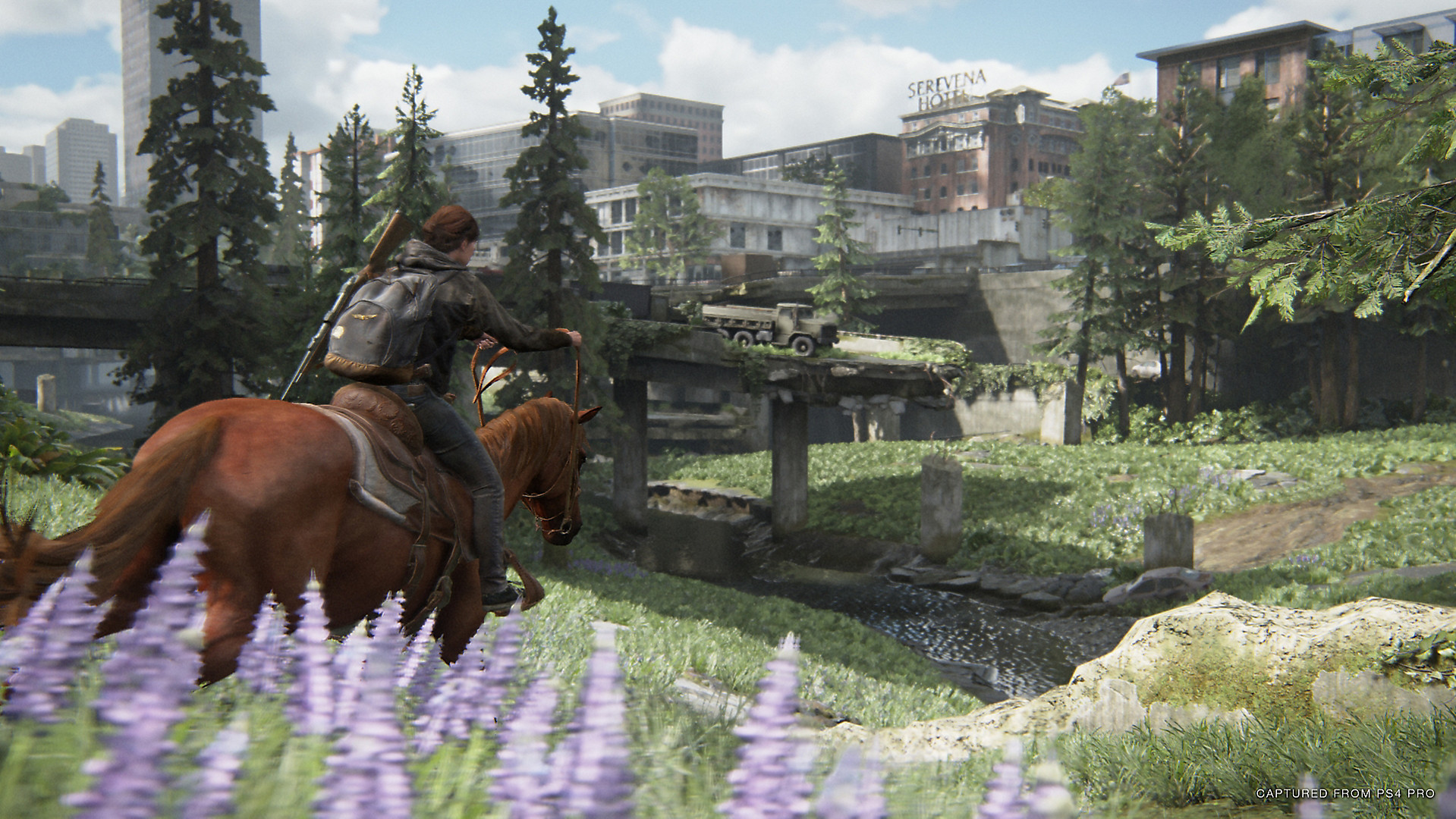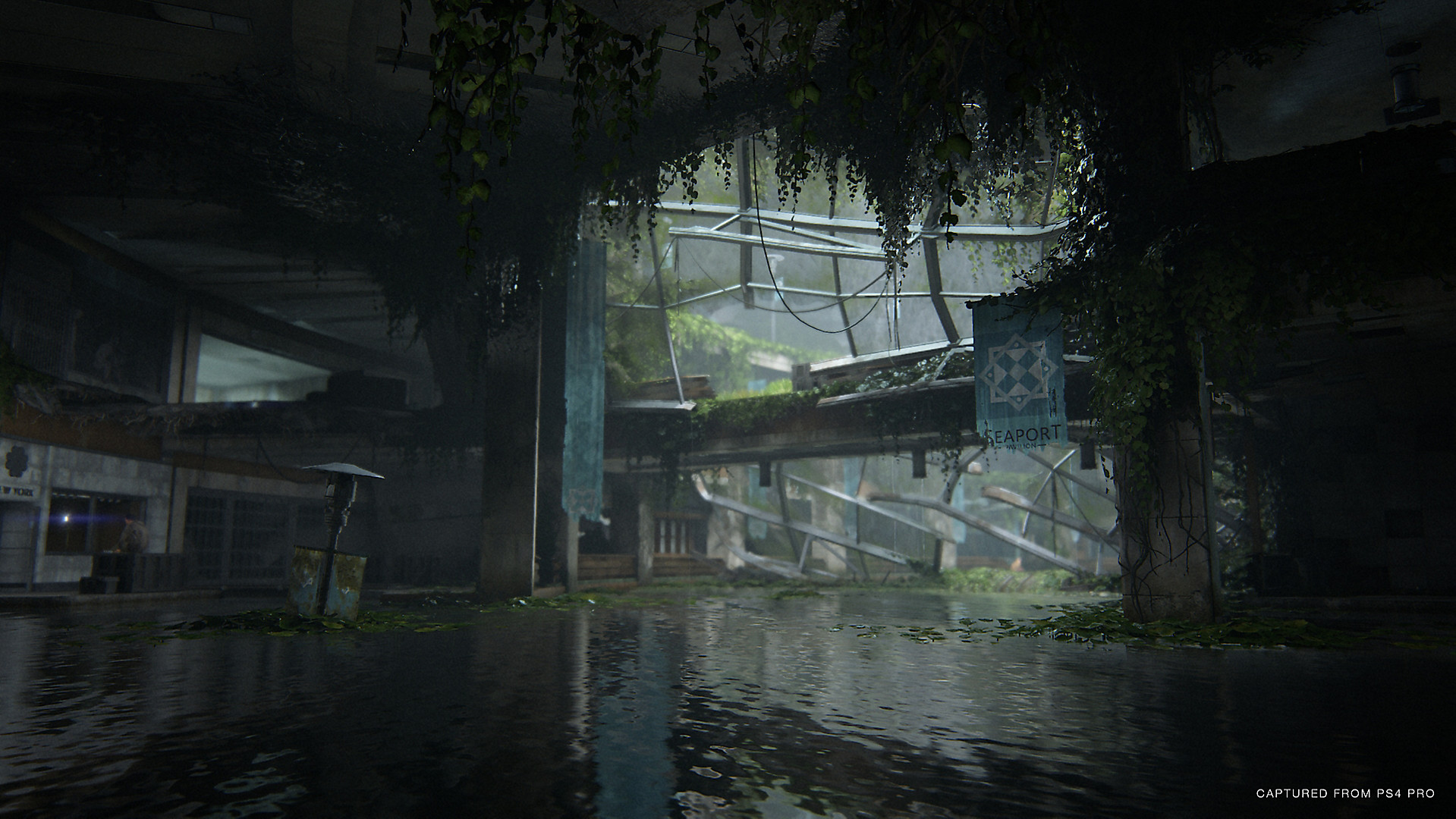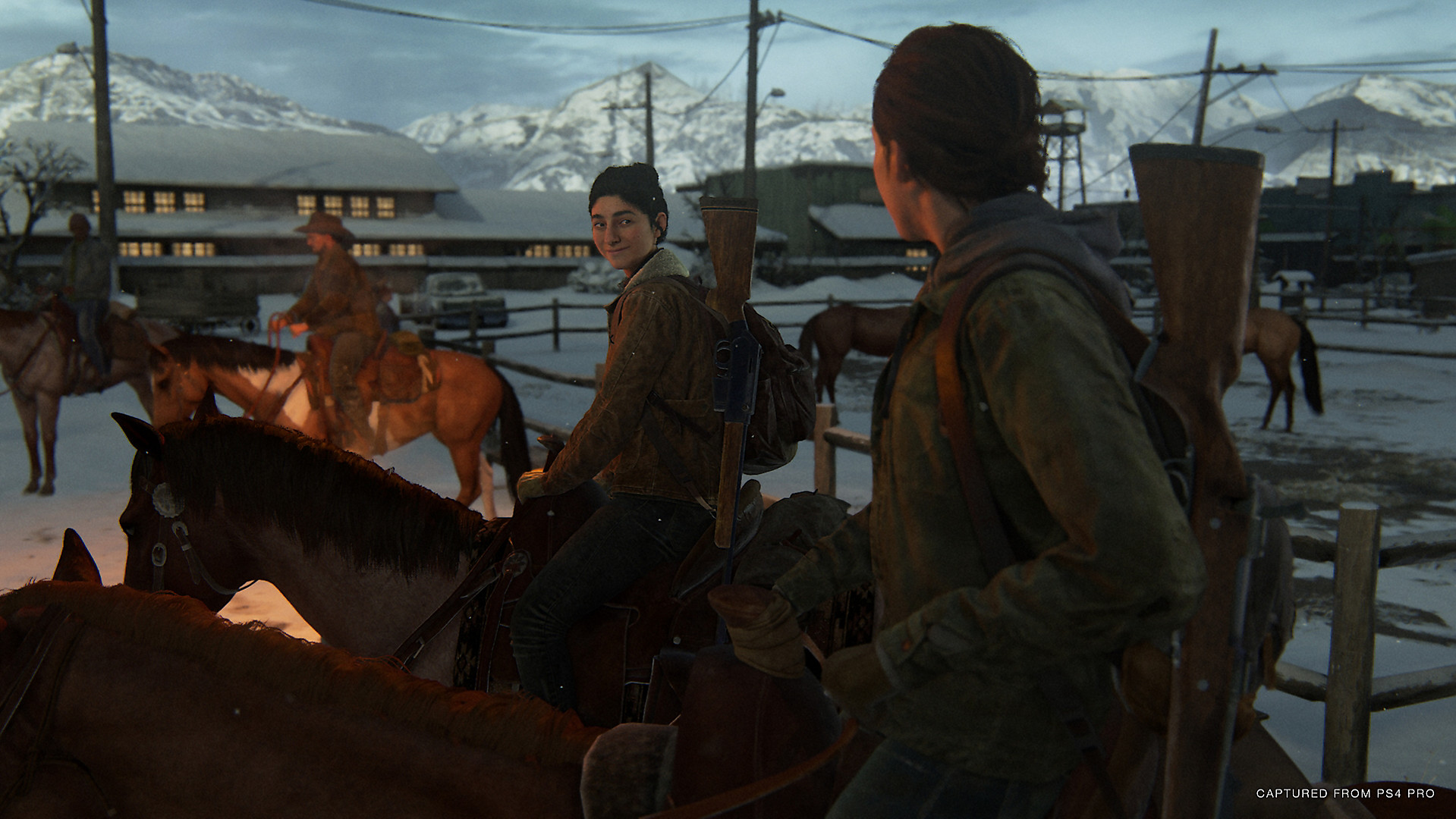The Last of Us 2: Here are 10 essential survival tips
Survive The Last of Us 2 with these 10 helpful tips


EDITOR'S NOTE: The Last of Us 2 won a "highly recommended" honor for best story at the Tom's Guide Awards 2021 for gaming.
The Last of Us 2 is finally here, and fans and critics seem split on the ambitious story, as well as the unconventional character arcs. But most players do agree on one thing: The gameplay is top-notch, combining action, stealth and exploration in a way that’s both open-ended and compulsively playable. The game may want you to take a critical look at the never-ending cycle of violence, but it does make that violence an awful lot of fun.
Even so, The Last of Us 2 can be a challenging game, especially if you approach it like a traditional action title. Many enemies can kill you instantly, and the ones that can’t are smart enough to corner you and cut off your means of escape. Navigating the environment is hazardous, too, and if you don’t keep an eye out for supplies, you’ll find yourself lacking weapons, ammo and health just when you need them most.
- Play the best PS4 games
- Check out the best PS4 deals this month
Luckily, The Last of Us 2 is extremely survivable if you take your time, explore each level carefully and choose stealth over open combat whenever possible. Here are 10 essential tips for surviving the fungal post-apocalypse.

Scavenge everything
The Last of Us 2 shares a lot of gameplay similarities with Naughty Dog’s other major series, Uncharted. But in Uncharted, your health regenerates automatically, and you’ll stumble across tons of gun and ammo from every downed enemy, and going off the beaten path will net you only optional collectibles. In The Last of Us 2, you’ll need to explore every corner of each new area for small caches of ammo and supplies, in addition to optional caches with bigger rewards like weapons and permanent upgrades. Exploring an area thoroughly often takes longer than completing the area’s main combat encounter, but the rewards are worth the effort.

Find the best spot for combat
With a few exceptions, combat in The Last of Us 2 is an open-ended affair. Levels are huge, and it’s not uncommon for a battlefield to consist of half-a-dozen explorable buildings, plus even more open areas, alleyways, rooftops and hidden passages. As such, if you’re going to engage enemies in open combat, it’s almost always a bad idea to start taking potshots as soon as you see them. Instead, take some time to explore your surroundings and find the perfect spot for an ambush. Enemies can and will flank you, so be sure to pick an area that’s enclosed enough for a fair fight, but open enough to escape if necessary.
Craft early, craft often
The Last of Us 2 will occasionally give you ready-made health kits, Molotov cocktails and smoke bombs. But for the most part, these are items you’ll have to make yourself, by collecting cloth, alcohol, empty bottles and other ingredients. While the game isn’t exactly brimming with crafting materials, almost every area has enough ingredients for at least one new consumable item — usually more. As such, it’s to your advantage to max out your collection of health kits and consumable explosives, since you’ll constantly collect enough resources to replenish them. Otherwise, you’ll wind up leaving a lot of valuable materials behind.
Sign up to get the BEST of Tom's Guide direct to your inbox.
Get instant access to breaking news, the hottest reviews, great deals and helpful tips.
Don’t be stingy
Just as you should craft items every opportunity you get, you also shouldn’t hoard them. While extra health kits and explosives are helpful for the game’s handful of punishing boss encounters, you’re generally just better off using them as needed and restocking when you can. That’s because each area is filled to the brim with crafting ingredients, provided you’re willing to take a little time to explore. As such, it’s a good idea to refill your health, hurl explosives at enemies and fire away with your best guns whenever you need to. The game is pretty good about supplying you with what you need right before tough encounters, anyway.

Hunt down supplements and spare parts
Once you leave an area in The Last of Us 2, you’re probably not coming back. As such, whatever you leave behind is gone for good. This isn’t really a problem when it comes to ammo and crafting materials, since there’s always more where those came from. But you definitely don’t want to leave an area without first collecting as many supplements and spare parts as you can find. Supplements let you upgrade a variety of skills, from your movement speed to your health. Spare parts let you upgrade your guns, helping them deal more damage or stay more stable between shots. There aren’t enough of these items to upgrade everything within a single playthrough, though, so you’ll have to prioritize.
Open every safe
One of the best ways to find ammo, supplements, spare parts and magazines (which increase the number of skills you have available) is to open safes. In many areas, you’ll find a safe with a combination lock on the front. If you explore nearby, you’ll always find a handwritten note or other clue that hints at the safe’s combination. Some of the notes are very straightforward (“the safe combination is XYZ”), while others are a little more cryptic (“the safe combination is our address next to our neighbor’s address”), but all of them will lead you to a ton of useful items, often right when you need them most.

Aiming matters
You can’t carry all that much ammo in The Last of Us 2, even if you max out your weapon upgrades. As such, every enemy requires precision. If you miss, not only will you have wasted a precious resource, but you’ll also leave yourself wide open for a retaliatory attack. As such, take your time aiming. Your aim is steadier when standing still. Crouching or going prone will make your shot even more accurate (although this isn’t a good idea when enemies are charging toward you). Some weapons, like rifles, have crosshairs that become more precise if you take a few seconds to aim first. And if you have a weapon with a scope, press “X” to zoom in even farther.
Sneaking is an option
For the most part, you’ll want to eliminate every enemy in an area. That’s because you’ll want to explore the area for ammo and crafting items, as well as missable supplies, such as supplements, spare parts and safes. But if you’re running extremely low on resources, or if the enemy forces seem overwhelming, you can very often sneak through an area without engaging any enemies in combat. To do this, you’ll have to know where the area’s exit is, and stay low and quiet the entire time. Going prone and sneaking through tall grass helps, as does sticking to back alleys and making extensive use of the Listen function to “see” enemies through walls.
Conserve melee weapons
Regardless of how good your guns get, melee weapons are some of the most powerful tools in The Last of Us II. Even a simple wooden 2x4 can keep enemies at arm’s length, and down them in just one or two hits rather than the half-dozen you need from your fists or knife. Still, melee weapons are often in short supply when you need them most, so keep an eye on their durability on the lower-right corner of the screen. My advice is to use them until they’re almost broken, then repair them with the melee upgrade ability. This way, you essentially get two weapons each time you pick one up.

Mind the character shifts
While you’ll play most of The Last of Us II as Ellie in the present day, you’ll also take control of a few other characters from time to time. You’ll also control Ellie during a few flashbacks. For the most part, the flashbacks and character shifts are short sections, meant to establish some important detail about the game’s backstory, and you can afford to be cavalier with your ammo and supplies. But one character shift lasts considerably longer, and requires the same kind of meticulous attention as Ellie’s main quest. You’ll probably know it when you see it; just be aware that you’ll want to explore, craft and upgrade as usual when you do.
Marshall Honorof is a senior editor for Tom's Guide, overseeing the site's coverage of gaming hardware and software. He comes from a science writing background, having studied paleomammalogy, biological anthropology, and the history of science and technology. After hours, you can find him practicing taekwondo or doing deep dives on classic sci-fi.

